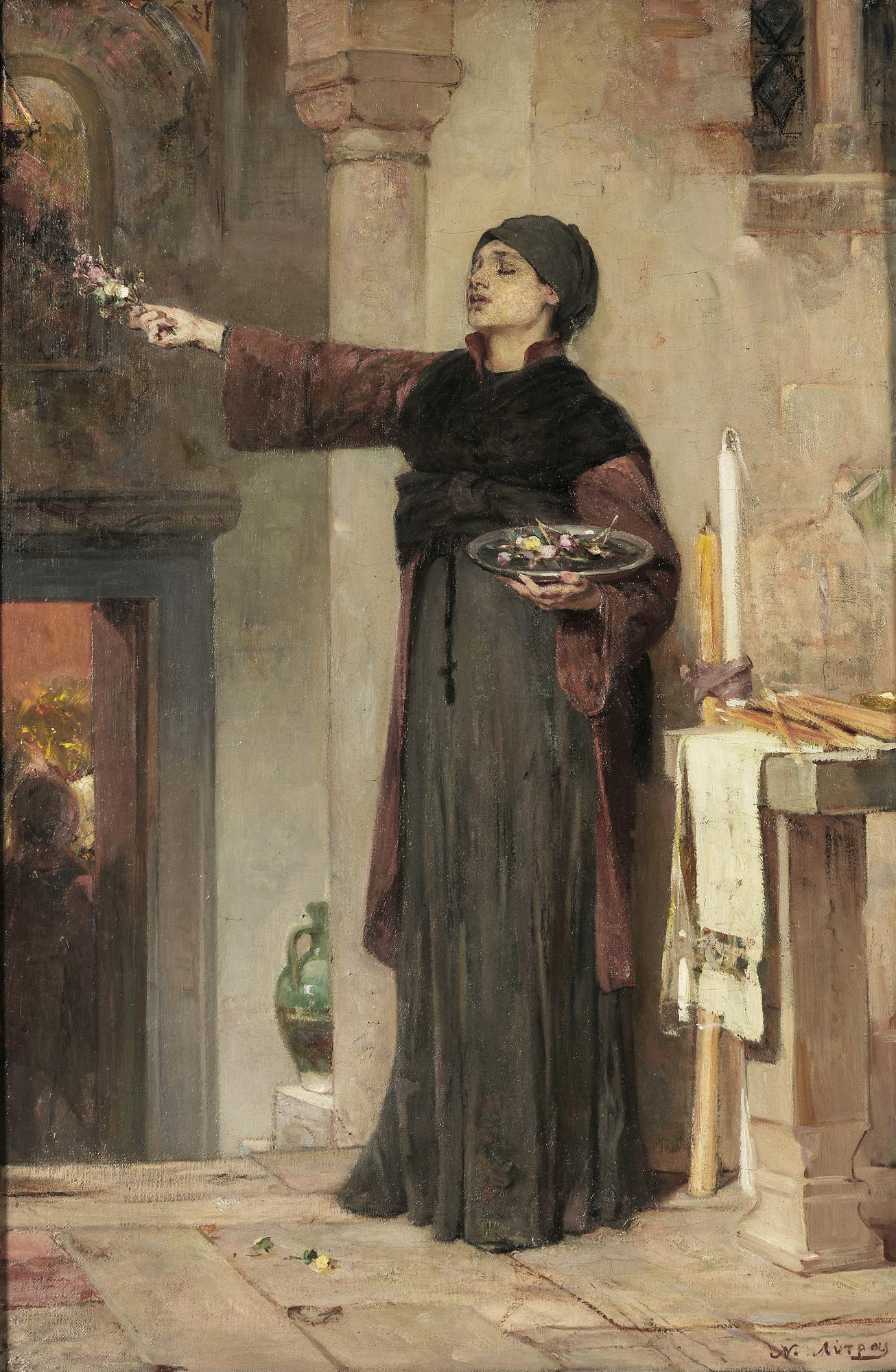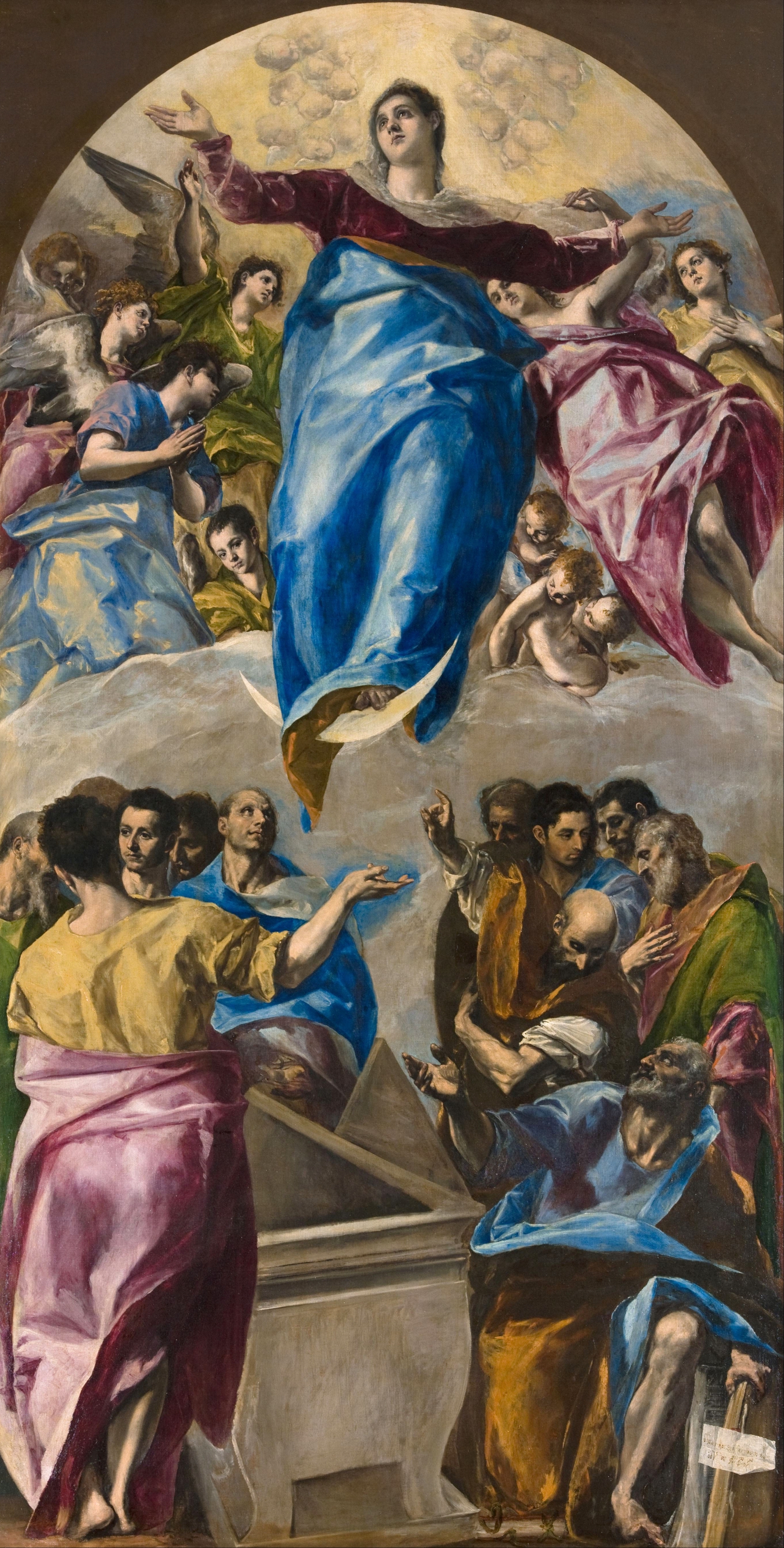Socrates (Σωκράτης; c. 470 BC - 399 BC) was a classical Greek (Athenian) philosopher credited as one of the founders of Western philosophy.
Through his portrayal in Plato's dialogues, Socrates has become renowned for his contribution to the field of ethics, and it is this Platonic Socrates who lends his name to the concepts of Socratic irony and the Socratic method, or elenchus.
The latter remains a commonly used tool in a wide range of discussions, and is a type of pedagogy in which a series of questions is asked not only to draw individual answers, but also to encourage fundamental insight into the issue at hand.
• "Strong minds discuss ideas, average minds discuss events, weak minds discuss people".
• "Le menti forti discutono di idee, le menti medie discutono di eventi, le menti deboli discutono di persone".
• "I cannot teach anybody anything. I can only make them think".
• "Non posso insegnare niente a nessuno. Posso solo fargli pensare".
Jacques-Louis David | The Death of Socrates, 1787 (detail) | Metropolitan Museum of Art





.jpg)
.jpg)


.jpg)
.jpg)





























